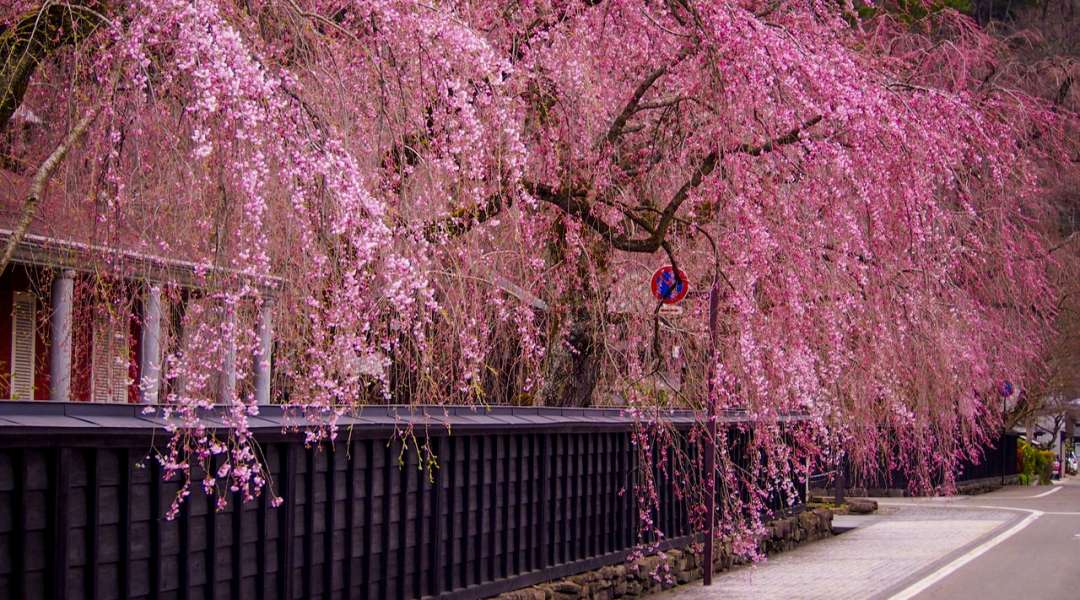
Over the last number of years, international tourism has seen a trend towards people seeking out new “hidden gem” destinations that are off the well beaten paths of the traditional tourist trails. This process has been accelerated by the pandemic as travellers are seeking destinations that offer more authentic experiences and a more serene and less crowded atmosphere.
In the past, fewer than 2% of international visitors to Japan would make their way to the northern Tohoku region. Out of those who did, an even smaller number made it all the way up to Akita prefecture. Akita is one of the six prefectures which make up the Tohoku region and despite being one of the most beautiful, it may be the least explored of them all. But for those who “dare to be different” the rewards are well worth making the trek north.
Kakunodate is a well preserved Edo period (1603 – 1868) samurai village that is considered by many to be the “Little Kyoto of Tohoku”. Founded in 1620, Kakunodate boasts authentic Edo-period architecture in two distinct areas; the samurai district and the merchant district.
1) Authentic Samurai Homes

Once home to 80 samurai families, the samurai district still has some of the best examples of Edo era architecture in all of Japan. Of the samurai houses that remain intact, six are open to the public and offer you the chance to see how middle class and wealthy samurai families might have lived.
The Aoyagi House and Ishiguro House are two of the finest in terms of their impressive size, layout, and collection of historical artefacts. These authentic samurai houses-turned-museums even feature a collection of old cameras, clocks and gramophones.
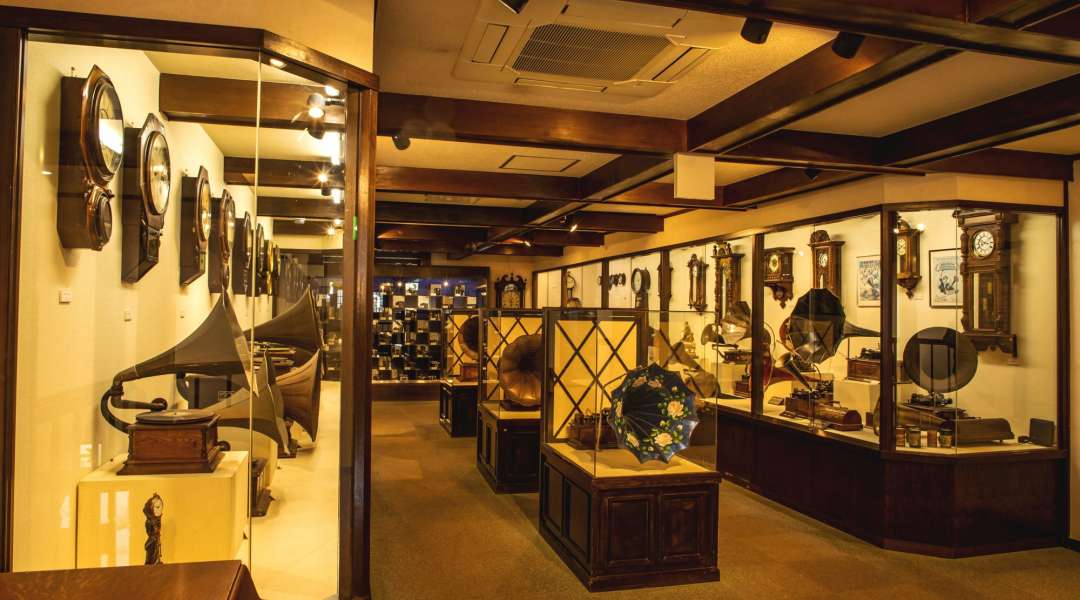
2) Cherry Blossom
As with many places in rural Japan, it is especially beautiful during the spring cherry blossom season and during autumn as the foliage changes colours. A distinguishing feature of Kakunodate is the immense number of pink shidare-zakura (weeping cherry trees) planted all over the village, lining both its historic Edo era architecture and its peaceful riverbank. It’s believed that many of these were planted by the various Samurai families in around 1656, with countless varieties of Cherry Blossom being imported from as far away as Kyoto.
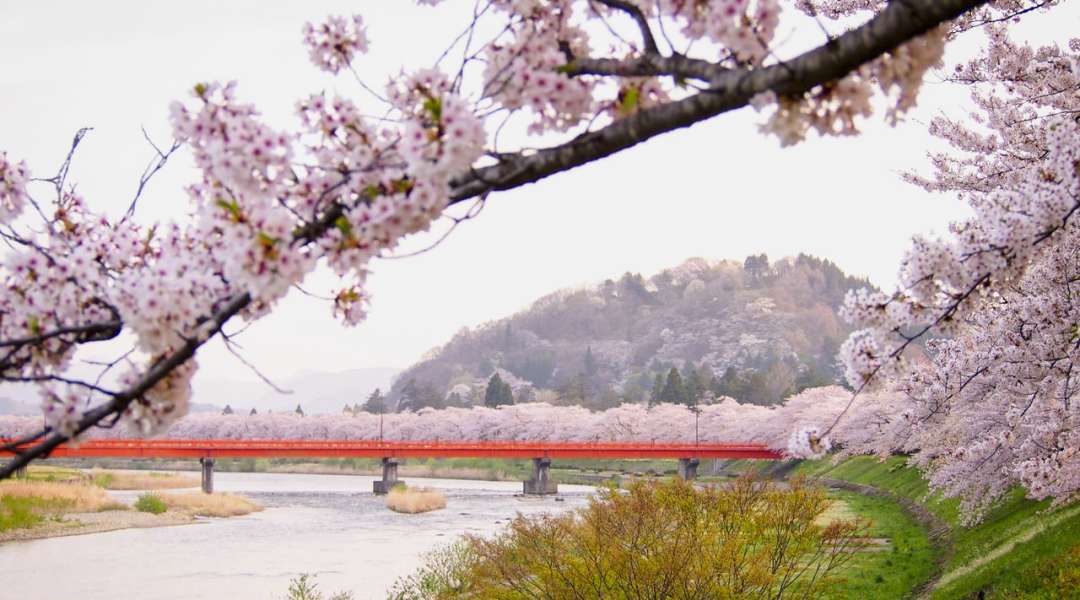
The 2 km stretch of over 400 cherry blossom trees along the riverbank (just a few minutes’ walk from the samurai district) is one of the most popular cherry blossom viewing locations in all of Japan. Each year, around 1.2 million domestic tourists flock to Kakunodate to celebrate “hanami” (cherry blossom viewing parties) during late April and early May.
3) Akita Inu Tours
Out of the various activities available in Kakunodate, one of our favourite is a walking tour with a bilingual local guide, Yoshimi-san and her two stunning Akita-Inu dogs Su-chan and Fujiko (who happen to be a married couple). This breed of dog comes from the Akita region and the local dogs love nothing more than walking with tourists around the historic districts and the Hinokinai river bank lined with cherry blossoms. What better way to see Akita prefecture than be guided by a cute pair of Akita Inu. They will be more than happy to pose for a selfie with you along the route.
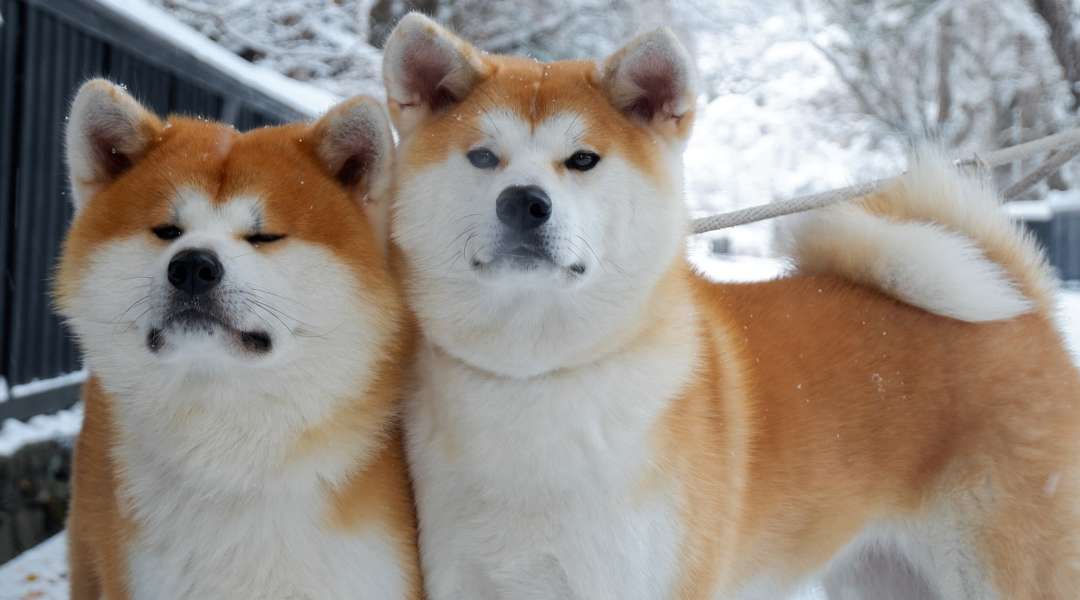
4) Wild Cherry Blossom Bark Crafts
Cherry Bark craft work is a unique and delicate Japanese art that originated in the Akita prefecture during the Edo period. “Kaba-zaiku is a truly Japanese form of art, carved out of its national tree, the cherry blossom”.
Whereas the literal translation is 'birch craftsmanship', birch is never actually used in this art, and it remains a mystery as to how the name got to include it. Instead, the art focuses on the beautiful, durable and versatile Cherry (Sakura) bark, utilising Japan's unique natural resources.
The bark has to be harvested from 70-80 year old wild trees as the bark from younger and cultivated trees is not tough enough. During spring, scouts go on hiking into the mountains of Northern Japan to locate the wild trees, as at this time they are easier to locate due to the blooming Sakura flowers. The bark is then harvested in the late summer/early autumn after Japan's rainy season, when it's softer and easier to remove.
Kabazaiku products are ecological and do not harm the trees in the long run as only one-third of the bark is cut and the trees have regenerative powers, growing back enough bark for the next harvest.
Due to its airtight and antibacterial nature, kabazaiku crafts in the form of household containers have always been popular. Especially for storing tea, due to Japan's unique tea culture and the natural properties of kabazaiku crafts.
You might want to join a workshop to get hands-on with cherry blossom bark to produce a range of charming little keep-sakes for yourself or simply browse the local artisan produced goods to get a souvenir to remember this trip.
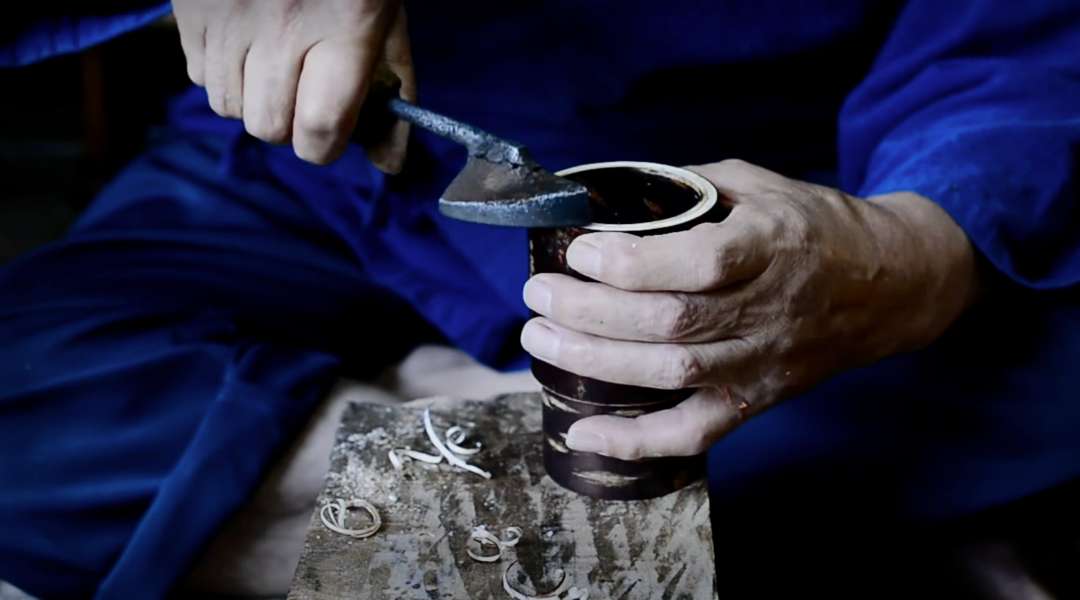
5) Lake Tazawako
From Kakunodate, just a 30 minute journey in to the mountains will bring you to a beautiful caldera lake Tazawako: Japan’s deepest, clearest, and bluest lake.
One popular activity at Lake Tazawako is the “Mamachari” rural foodie tour. The Mamachari (or Mum’s bike) is an old-style bicycle with a diagonal sloping cross bar and a basket on the front. They typically only have 3 gears, but for this tour they are e-bike versions are provided to make it a more broadly accessible.
Take a day trip around Lake Tazawako on a bike tour with a local guide and gain unique opportunities to interact with the people in the area. You will go to a local farm to gather ingredients for an afternoon picnic or BBQ. It's a perfect way to access and enjoy the best cherry blossom spots in the area.

6) Nyuto Onsen
Also close is Nyuto Onsen, a collection of traditional ryokans in a remote cedar forest, famous across Japan for the medicinal qualities of their hot spring waters.
Set in the mountains of eastern Akita and part of Towada-Hachimantai National Park, the shape of the nearby Mount Nyuto gave rise to the name "Nyuto" meaning “nipple”, and the onsen water itself appears to be milky in colour. Eight ryokan inns, some traditional and rustic, share over 300 years of history. Tsurunoyu Ryokan is the most famous of them and it's the oldest ryokan as it dates back to 1638 when an Akita Lord visited Tsurunoyu Onsen for convalescence.
It derives its name from the fact that a local hunter saw a crane (“Tsuru” in Japanese) healing its wounds in the spring. This Akita icon offers the ultimate, authentic onsen village ryokan experience – including mixed bathing! Tsurunoyu Onsen features four baths, each with water with a different composition. Local foods include sansai (mountain vegetables) dishes, Tsurunoyu's local specialty Yamanoimo Nabe (Japanese mountain yam hot pot), and Irori-grilled Iwana (char/trout).
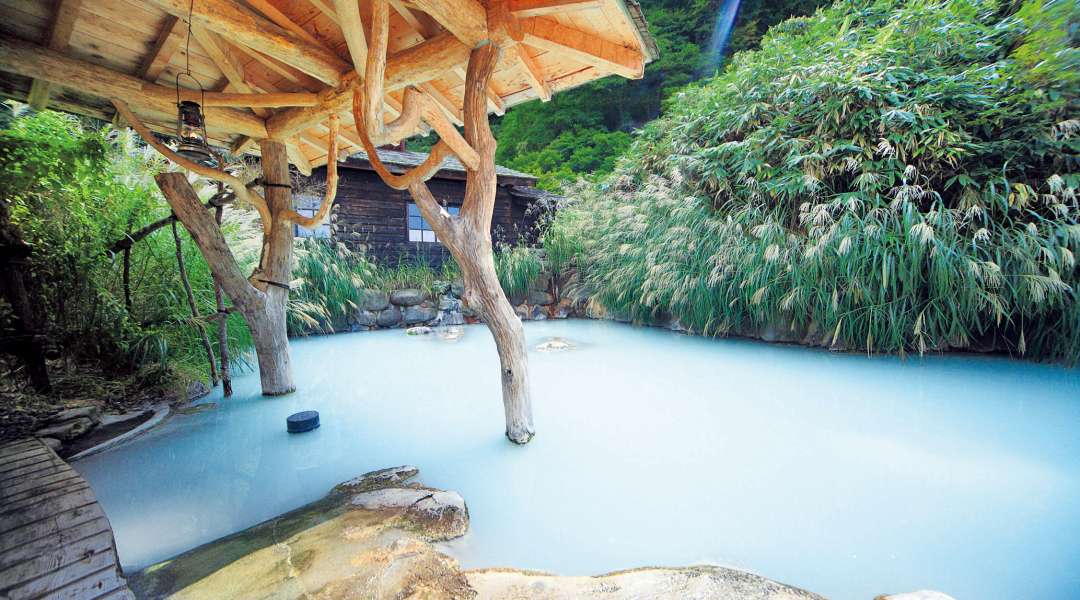
Unique Japan Tours have started offering small group tours called Tohoku Trails that bring their customers to all six prefectures in Tohoku, including a stop-off at this stunning samurai village and onsen resort in Akita prefecture. This 12 night and 13 day tour was created to showcase Japan’s ancient samurai, spiritual and farming traditions still living on strongly in the present. The tour runs three times a year in April, August and October. Watch this video of a travel webinar introducing this very special small group tour to northern Japan and see the website to learn more about this tour such as dates and prices.

















































